Strong sales of healthy foods helped to drive like-for-like sales up 3.1 per cent, compared to just 0.2 per cent in January last year.
However, according to BRC director-general Kevin Hawkins, these results come with a strong note of caution. He said: 'Much of the growth has been driven by the grocery sector and discounting has been fairly wide spread in several categories. The comparatives from last year are weak and the November and January interest rate increases have yet to make themselves felt.'
Food and drink saw the best sales growth since last July's heat wave-driven rises. Healthy eating promotions benefited fresh fruit, vegetable, salad and poultry sales. Premium and organic lines also reported increases.
Overall clothing sales were slightly down on a year ago, worse than December but not as bad as November.
Footwear sales growth edged up further from November's sharp decline, but the increase was marked against a large fall in January last year.
Electrical sales remained mixed across both sectors and stores, with some aggressive discounting, but flat-screen LCD TVs continued to be big sellers.
Discounts drove sales of showroom kitchens and bathrooms, which in turn benefited tiling, flooring and decorating. However, sales of furniture and carpets saw the worst declines since the middle of last year.
Home accessories remained strong, helped by clearance markdowns, but textiles slowed, despite good sales of curtains and linens.
Home entertainments were mixed. Some benefited from promotions and discounts, but others faced tough competition. Album and DVD sales struggled, with weaker new releases compared to a year ago. Albums also faced continued competition from downloads.
Clearance sales achieved strong growth, but often at the expense of margins. According to the BRC, consumer confidence has weakened since Christmas and discounts are still a big driver of sales.
On a three-month basis, like-for-like retail sales increased 2.1 per cent in January, from 1.9 per cent in December and total sales rose 4.1 per cent, compared to 4 per cent in December.






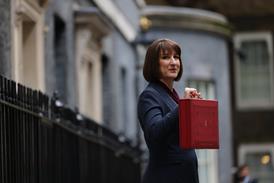




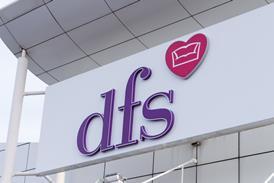











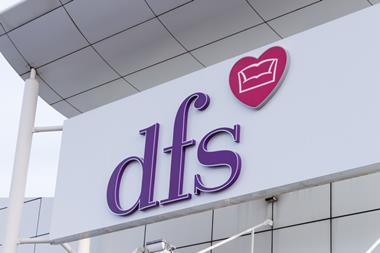
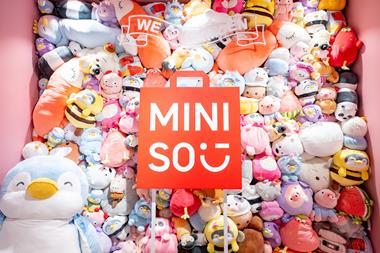
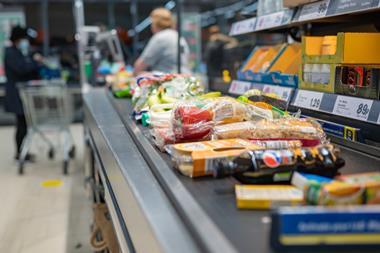

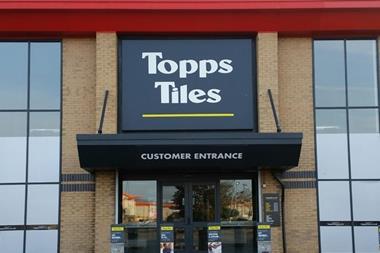
No comments yet